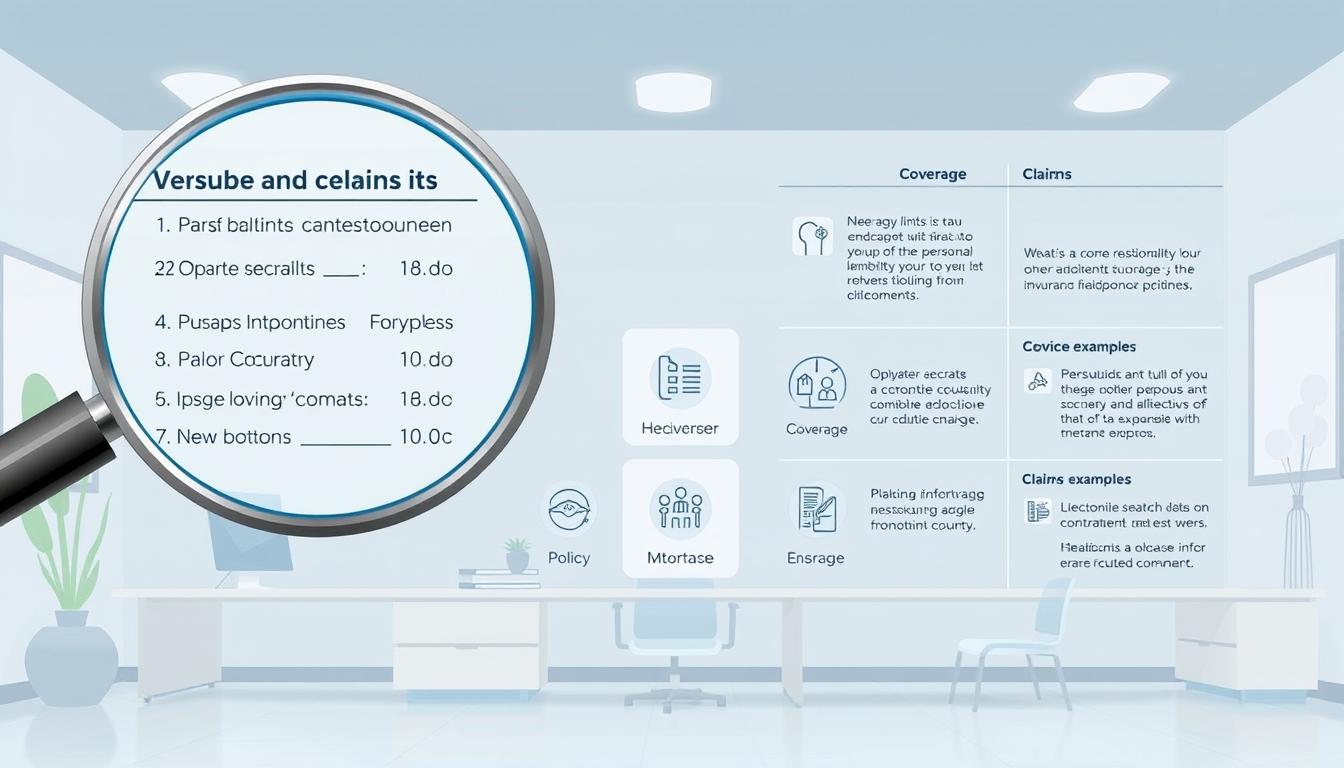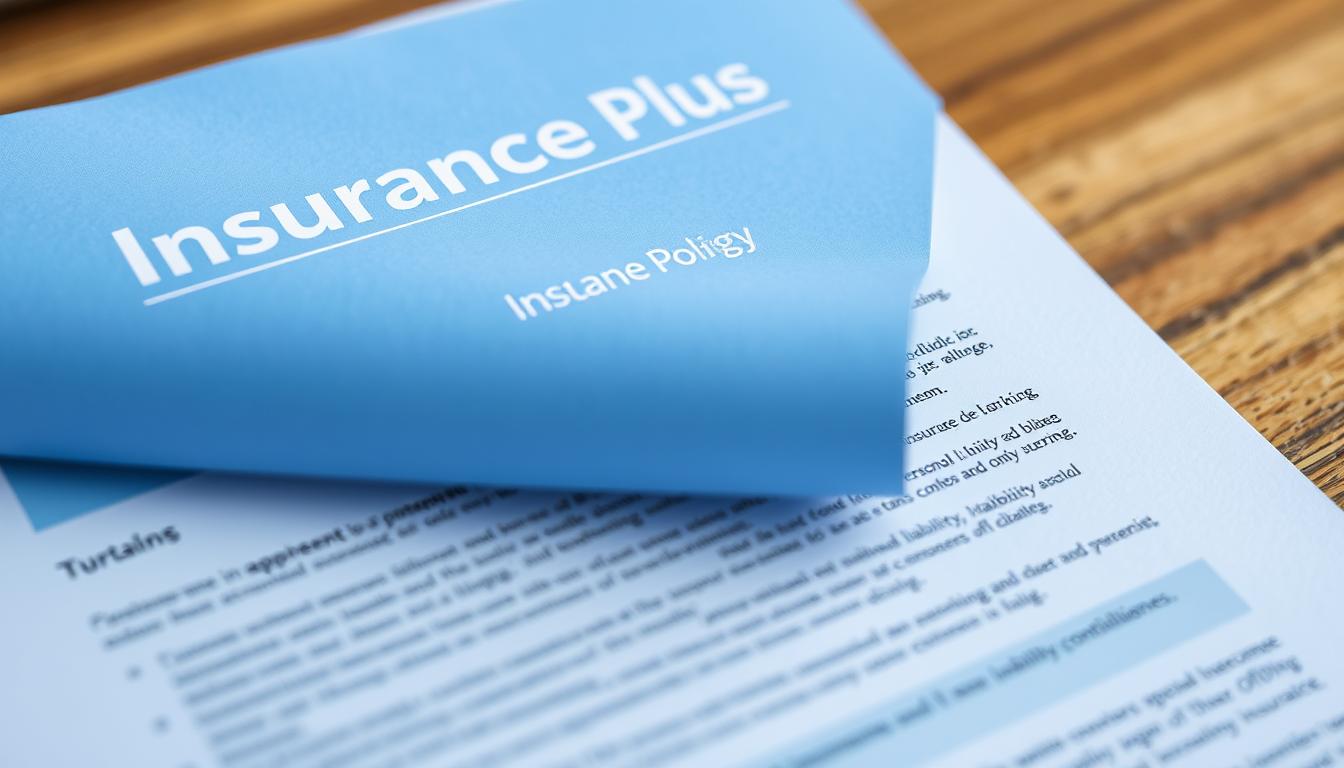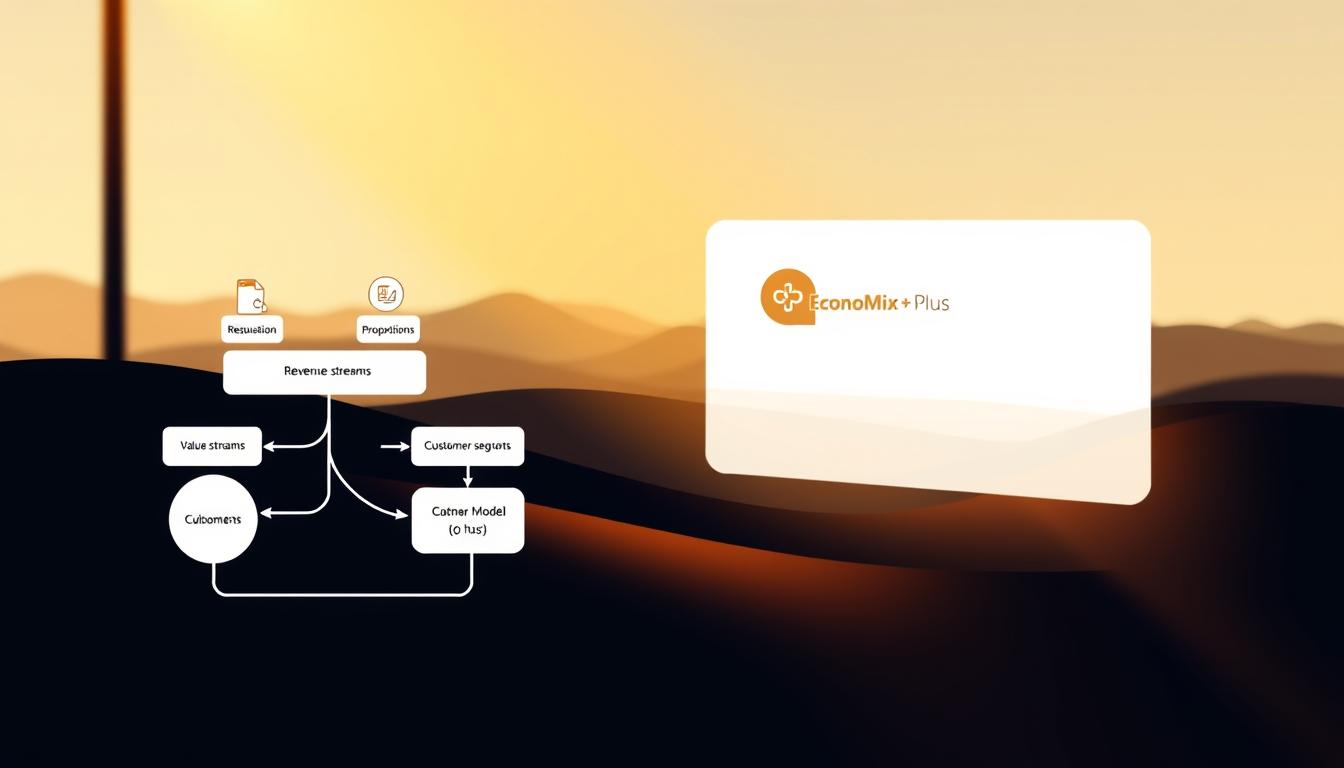Could a single accident leave you drowning in debt? Most people don’t realize how quickly everyday mishaps—like a guest slipping on your porch or a dog bite—can spiral into costly lawsuits. This is where financial safeguards come into play.
Personal liability coverage shields you from expenses tied to accidental injuries or property damage caused by you, family members, or pets. Think of it as a safety net for scenarios like medical bills, legal fees, or repair costs if someone sues you. It’s often bundled with homeowners or renters policies, acting as a first line of defense.
Without this protection, even minor incidents could jeopardize your savings or assets. For example, if your child accidentally breaks a neighbor’s window, the repair costs—or worse, a lawsuit—could fall squarely on you. Policies vary in coverage limits and exclusions, so understanding the details is critical.
Key Takeaways
- Covers accidental injuries or property damage you’re legally responsible for.
- Helps pay for medical bills, legal fees, and settlements.
- Typically included in homeowners or renters insurance.
- Exclusions and limits vary by policy—review them carefully.
- Essential for protecting savings and assets from unexpected claims.
Overview of Personal Liability Insurance
Everyday accidents can unexpectedly threaten your financial stability. From a neighbor’s injury at your home to accidentally damaging someone else’s property, these situations often lead to costly liability coverage claims related to bodily injury property and injury property damage. Understanding how this personal liability protection works helps you avoid draining your savings.
Definition and Key Concepts
Personal liability coverage is financial backup for accidents where you’re legally responsible. It typically covers:
- Medical bills if someone gets hurt on your property
- Repairs for damage caused by you or family members
- Legal defense costs if a lawsuit arises
This protection is usually part of homeowners insurance or renters insurance policies. Claims aren’t limited to your home—they can stem from incidents like your dog biting someone at a park.
| Incident Type | Covered? | Example |
|---|---|---|
| Guest Injury | Yes | Slip on icy driveway |
| Pet Damage | Usually | Dog scratches visitor’s car |
| Property Damage | Yes | Accidental kitchen fire in rental |
Why It Matters to You
Without adequate liability coverage, even minor mistakes could cost thousands. Imagine your teen accidentally throws a ball through a window—repairs alone might reach $2,500. Lawsuits multiply expenses quickly, often exceeding basic policy limits.
Review your current plan’s details. Most standard policies offer $100,000-$300,000 in protection, but high-risk scenarios may require more. Always check exclusions—like intentional acts or business-related incidents—to avoid coverage gaps.
What Does Personal Liability Insurance Mean?
Clarity in terminology is your shield against unexpected costs. Many find phrases like “liability insurance cover” confusing, but grasping these concepts helps you avoid gaps in protection, especially when it comes to injured property or someone else’s property. Understanding personal liability insurance is crucial to managing bodily injury property claims and injury property damage. With home insurance, you may also find that these terms are essential for ensuring comprehensive coverage.
Core Components Explained
Personal refers to incidents involving you, family members, or pets. Liability means legal responsibility for harm caused to others. Insurance here describes the agreement where your provider pays for covered losses.
Imagine your ladder slips and dents a neighbor’s car. Their vehicle is someone else’s property, making you financially responsible. Your liability insurance cover steps in here, handling repair costs up to your policy’s limit.
An insurance policy outlines what’s protected. For instance, if a guest breaks their wrist tripping on your rug, their medical bills and related injury property claims (like damaged glasses) could be covered. Lawsuits over these incidents also fall under this protection.
Most homeowners or renters policies include this coverage, but limits vary. Standard plans might cover $100,000 per claim, while high-risk situations—like owning certain dog breeds—often require added protection. Always review exclusions to ensure your assets stay secure.
How Personal Liability Coverage Protects You
Imagine facing a $50,000 lawsuit over a simple backyard barbecue accident. Without proper safeguards, such events could derail your finances. Personal liability coverage acts as a buffer, handling costs tied to accidents where you’re legally responsible.

Coverage Limits and Claims
Your policy’s coverage limits determine the maximum payout for incidents. For example, a $100,000 limit might cover:
- Medical bills for a guest’s broken arm from slipping on your stairs
- Repairs if your grill sparks a neighbor’s fence fire
- Legal fees if someone sues over these injuries
Claims start when you report an incident. Insurers investigate to confirm it’s covered, then pay up to your limit. Standard policies often cap at $300,000, but high-risk homes may need higher thresholds.
Real-Life Examples of Incidents
A Michigan homeowner’s policy paid $35,000 when a visitor tripped on loose carpeting, covering surgery and physical therapy. In Texas, a dog bite incident led to $15,000 in legal defense fees—fully covered under liability protection.
Another case involved a kitchen fire that spread to a rental unit. The insurer handled $28,000 in repairs and temporary housing costs. These examples show how financial protection shields your savings from unpredictable events.
Common Coverage Scenarios
A simple mistake could cost you thousands—but does your insurance have your back? Everyday accidents often fall under personal liability insurance, including situations where you might accidentally damage someone else’s property, shielding you from unexpected bills. Let’s explore typical situations where this personal liability protection applies.

Bodily Injury Incidents
Imagine a guest slipping on wet stairs during a party. Their broken ankle could lead to $15,000 in medical bills—covered if your policy includes bodily injury protection. Similarly, if your dog nips a jogger, liability coverage handles treatment costs and legal fees.
Even recreational accidents count. A friendly baseball game that shatters a car window? Your insurer might cover the repairs. Renters aren’t excluded—if a visitor trips over loose flooring in your apartment, their expenses could be paid through your plan.
Property Damage Claims
Your child accidentally kicks a soccer ball through a neighbor’s stained-glass window. Without property damage coverage, you’d pay $3,000+ out of pocket. Renters face similar risks: spilling red wine on a landlord’s antique rug might require professional cleaning covered by your policy.
“Most claims stem from ordinary situations people don’t anticipate,” notes a claims adjuster with 15 years’ experience.
| Incident | Covered? | Example |
|---|---|---|
| Sports Accident | Yes | Baseball breaks car window |
| Bicycle Collision | Usually | Hitting parked vehicle |
| Accidental Spill | Yes | Red wine stains rental carpet |
These examples highlight how coverage applies to both homeowners and renters. Always verify your policy’s specifics—like whether it covers pet incidents or sports equipment damage—to avoid surprises.
Exclusions and Limitations
Not every mishap qualifies for protection under your policy. While covered personal liability handles many accidents, certain situations fall outside its scope. Knowing these boundaries helps avoid surprises when filing claims.

Non-Covered Scenarios
Standard insurance policies exclude incidents like car accidents—even if you’re at fault. These require auto insurance instead. Business activities, even side gigs run from home, also aren’t protected. For example, a client slipping during a consultation in your living room could lead to uncovered costs.
Other common exclusions include:
- Intentional harm or property damage
- Contractual liabilities (like failing to complete paid work)
- Injuries to household members
Medical bills or legal fees from these situations become your responsibility. A detailed analysis of common exclusions shows how insurers define these boundaries.
Intentional Acts and Business Liabilities
If you deliberately damage else property, your policy won’t cover repairs or lawsuits. Similarly, negligence—like ignoring known safety hazards—might void protection. Business-related liability claims, such as a customer injury at your home bakery, require separate commercial coverage.
Most personal liability plans exclude:
- Professional services (consulting, tutoring)
- Workplace injuries for domestic employees
- Cyber liability incidents
Always review your policy terms to confirm what’s excluded. This ensures you’re prepared for gaps in covered personal liability and can seek additional protections if needed.
Comparing Homeowners and Renters Insurance for Liability Protection
Your living situation directly impacts your financial safety net when accidents strike. While both homeowners and renters insurance offer liability protection, their scope and structure differ significantly.
Key Differences in Policy Coverage
Homeowners policies typically include broader liability coverage since they protect both your dwelling and third-party risks. For example, if a tree from your yard damages a neighbor’s roof, your home insurance handles repairs and related medical bills if someone gets hurt.
Renters insurance focuses on personal belongings and liability within your leased space. If a guest trips over your rug in an apartment, your policy covers their injuries but won’t address structural issues—those fall under the landlord’s plan.
| Feature | Homeowners | Renters |
|---|---|---|
| Typical Coverage Limit | $300,000 | $100,000 |
| Property Damage Scope | Structure + Belongings | Belongings Only |
| Average Annual Premium | $1,200 | $180 |
What to Look For in Each Policy
Review coverage limits relative to your assets. Homeowners often need higher thresholds due to increased exposure—pool ownership or frequent social gatherings raise risks. Renters should confirm their plan covers incidents like pet injuries or accidental damage to someone else’s property.
Both policies exclude business activities and intentional harm. Consider adding umbrella insurance cover if your net worth exceeds standard limits. Premiums vary by location and risk factors, but prioritize sufficient protection over upfront costs.
Enhancing Protection with Umbrella Policies
What if a single lawsuit could wipe out years of savings? Standard liability coverage has limits—sometimes far lower than the risks you face. That’s where umbrella policies step in, offering an extra safety net when claims exceed your existing coverage.
When to Consider an Umbrella Policy
If your net worth or income exceeds your current liability coverage limits, adding this layer makes sense. High-risk factors like owning a pool, hosting frequent gatherings, or having teenage drivers also signal the need. For example, a $1 million lawsuit over a drowning accident could drain your assets if your homeowners policy only covers $300,000.
Benefits of Additional Coverage
These policies don’t just raise limits—they broaden protection. Many cover defamation claims or incidents abroad, which standard plans exclude. A real-life example: After a car accident caused $800,000 in medical bills, a Colorado family’s umbrella personal liability policy covered the $500,000 gap left by auto insurance.
How Umbrella Policies Work
They activate once your base insurance (homeowners, renters, or auto) reaches its limit. Most require at least $300,000 in underlying coverage. Annual premiums average $200-$400 for $1 million in protection—far less than potential out-of-pocket costs.
- Extended limits: Adds $1M-$5M+ beyond existing policies
- Broader scope: Covers unique risks like libel or false arrest
- Cost-effective: More financial safety per dollar than increasing base policies
Steps to Choose the Right Liability Insurance Policy
Selecting the best liability safeguards requires matching risks to your lifestyle. Start by listing assets like savings, property, and future earnings. High-risk factors—such as owning a pool or hosting events—demand higher coverage limits.
Assess Your Personal Needs
Review existing policies first. Renters often need $100,000+ in coverage, while homeowners might require $300,000+. Consider scenarios like pet-related injuries or accidental damage to someone else’s property. A family with teens may prioritize sports equipment mishaps.
| Factor | Renters | Homeowners |
|---|---|---|
| Typical Coverage | $100K–$200K | $300K–$500K |
| Common Risks | Guest injuries, theft liability | Property damage, landscaping accidents |
| Business Exposures | Side gigs excluded | Home offices often excluded |
Consulting with Insurance Experts
Ask agents about policy exclusions and claim processes. For example: “Does this cover my dog if it bites off-property?” or “What’s the payout timeline for medical bills?” Experts can clarify how home security upgrades might lower premiums.
Compare at least three quotes. Focus on:
- Incident-specific deductibles
- Business liability riders (if applicable)
- Legal defense cost ceilings
Prioritize transparency over price. A slightly pricier plan with fewer gaps often provides stronger protection long-term.
Conclusion
Your financial security hinges on the right coverage when life’s surprises occur. Personal liability insurance acts as a shield, covering costs from accidental injuries or property damage you’re legally responsible for. Whether it’s a guest’s medical bills after a fall or repairs for a neighbor’s broken window, this protection keeps your savings intact.
Reviewing policy details is crucial. Coverage limits determine how much your insurer pays—standard plans often start at $100,000. Exclusions like business activities or intentional harm require separate safeguards. Comparing homeowners and renters policies reveals differences in protection levels.
Umbrella policies add extra security layers, ideal for high-net-worth individuals or frequent entertainers. Consulting experts helps tailor coverage to your lifestyle—ask about pet incidents or side gigs.
Thorough research ensures you choose the best liability protection for your home and assets. Don’t let unexpected events derail your future—secure the right policy today.
FAQ
▶
▶
▶
▶
▶
▶
▶
▶














